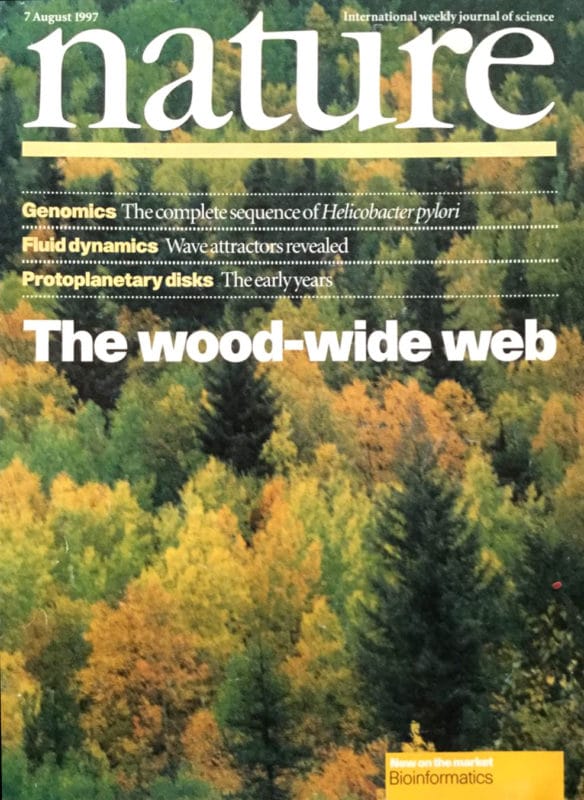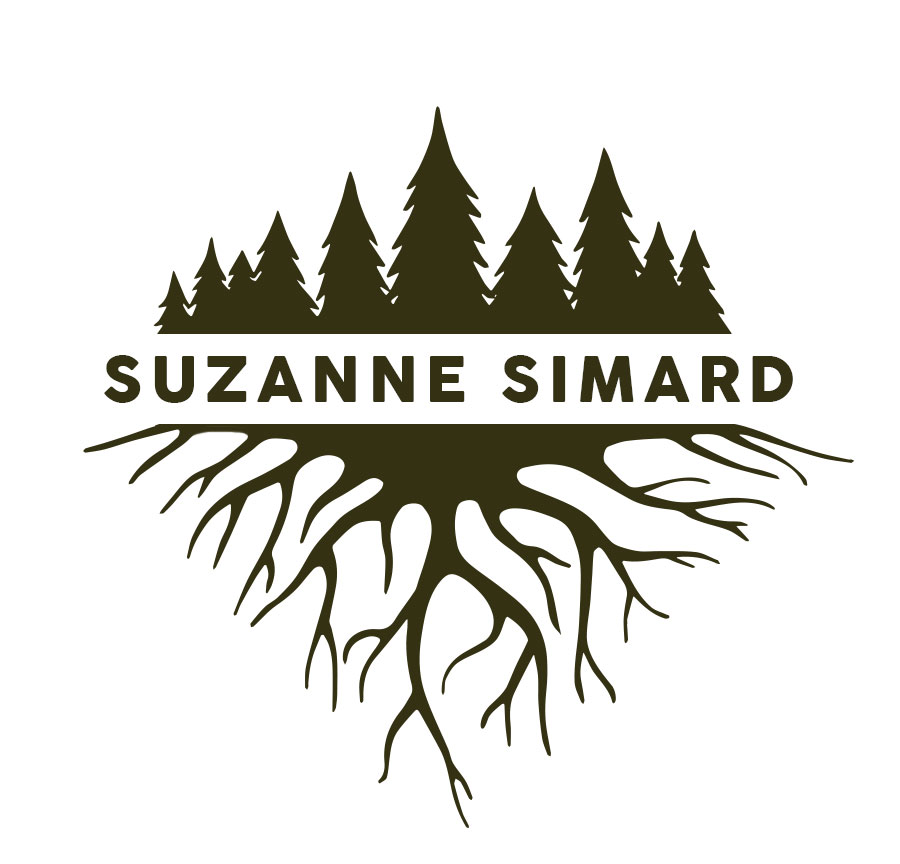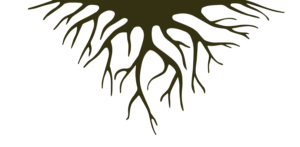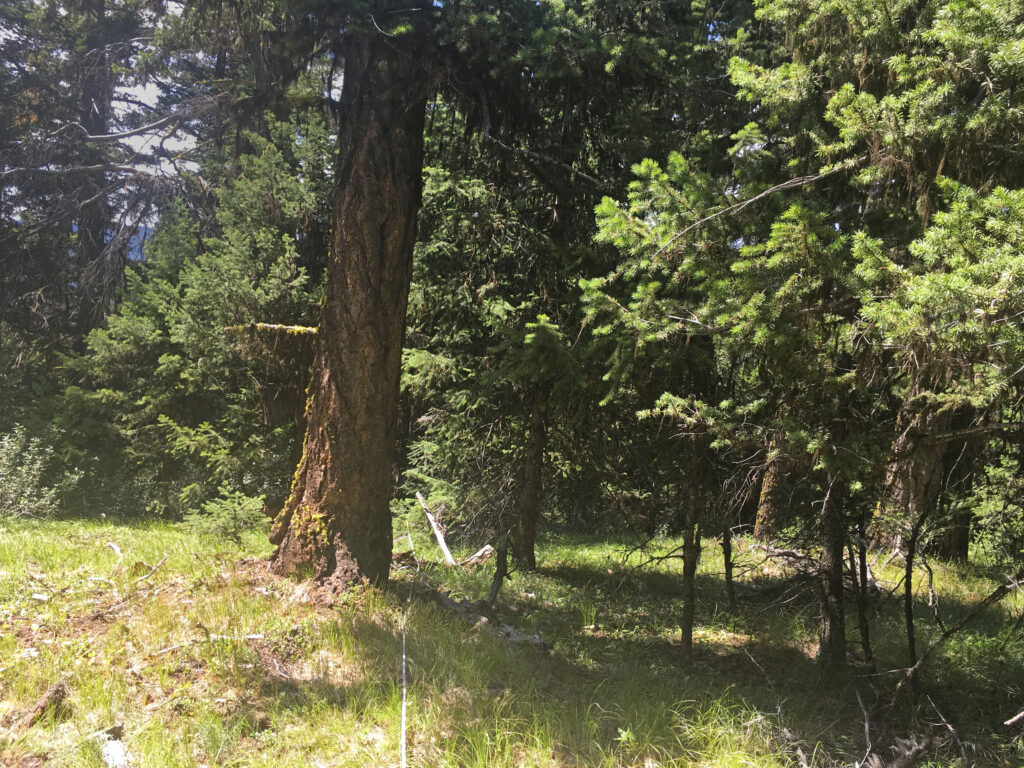Research
The Mother Tree Project & Program (MTPP) is a research and outreach initiative housed in UBC’s Faculty of Forestry, rooted in the idea that forests are deeply interconnected systems, not just collections of individual trees.
At the heart of the program is the Mother Tree Project (MTP), established in 2015 by internationally acclaimed author and UBC Forest Conservation Sciences ecologist Dr. Suzanne Simard. MTP stands at the forefront of regenerative forestry research, addressing the urgent need to steward and safeguard British Columbia’s forests amid intensifying climate threats.
The Project also investigates how different forest management practices influence the survival and growth of natural regeneration and planted seedlings whose seeds are sourced from more arid climatic regions. By studying the responses of these seedlings to different levels of overstory tree retention, the project aims to identify what can improve forest recovery following disturbances such as clear-cutting, insect outbreaks, wildfires, and droughts in our changing climate.
A key focus of MTPP is working with First Nations in British Columbia to develop restorative and regenerative forest management practices rooted in Indigenous knowledge systems.
Indigenous stewardship has created the world’s most biologically diverse ecosystems, and Indigenous territories are home to 80% of global biodiversity.
By bridging ancestral wisdom with modern science, the Mother Tree Project & Program is advancing regenerative forestry solutions to help address global climate change.
Selected Publications
The Mother Tree Project builds on the decades of research by Suzanne Simard and her lab, which has produced numerous journal articles, book chapters and conference presentations on tree communication.
Simard, S.W., Perry, D.A., Jones, M.D., Myrold, D.D., Durall, D.M., and Molina, R. (1997). Net transfer of carbon between tree species with shared ectomycorrhizal fungi. Nature, 388: 579-582.
Teste, F.P., Simard, S.W., Durall, D.M., Guy. R.D., Jones. M.D., and A.L. Schoonmaker. (2009). Access to mycorrhizal networks and tree roots: importance for seedling survival & resource transfer. Ecology, 90: 2808-2822
Beiler, K.J., Durall, D.M., Simard, S.W., Maxwell, S.A. and A.M. Kretzer. (2010). Mapping the wood-wide web: mycorrhizal networks link multiple Douglas-fir cohorts. New Phytologist, 185: 543-553.
Deslippe, J.R., and Simard, S.W. (2011). Below-ground carbon transfer among Betula nana may increase with warming in Arctic tundra. New Phytologist, 192(3): 689-698.
Simard, S.W., Beiler, K.J., Bingham, M.A., Deslippe. J.R., Philip, L.J., and F.P. Teste. (2012). Mycorrhizal networks: mechanisms, ecology and modelling. Invited Review. Fungal Biology Reviews, 26:39-60.
Bingham, M.A., and S.W. Simard. (2013). Seedling genetics and life history outweigh mycorrhizal network potential to improve conifer regeneration under drought. Forest Ecology & Management, 287:132-139.
Simard, S.W., Martin, K., Vyse, A., and Larson, B. (2013). Meta-networks of fungi, fauna and flora as agents of complex adaptive systems. Chapter 7, pages 133-164. In: Managing World Forests as Complex Adaptive Systems: Building Resilience to the Challenge of Global Change. Edited by Puettmann, K, Messier, C, and Coates, KD. Routledge, NY. ISBN 978-0-415-51977. 369pp.
Beiler, K.J., Simard, S.W. and Durall, D.M. (2015). Topology of Rhizopogon spp. mycorrhizal meta-networks in xeric and mesic old-growth interior Douglas-fir forests. Journal of Ecology, 103(3): 616-628.
Simard, S.W. (2015). Conversations in the forest: The roots of natures equanimity. SGI Quarterly, 79: 8-9.
Song, Y.Y. Simard, S.W., Carroll, A., Mohn, W.W. and Zheng, R.S. (2015). Defoliation of interior Douglas-fir elicits carbon transfer and defense signalling to ponderosa pine neighbors through ectomycorrhizal networks. Nature / Sci. Rep. 5, 8495; DOI:10.1038/srep08495 (2015).
Simard, S.W. (2017). The mother tree. K. Verlag and the Haus der Kulturen der Welt, Berlin Edited by Anna-Sophie Springer & Etienne Turpin. The Word for World is Still Forest. ISBN 978-3-9818635-0-5.
Simard, S.W. (2018). Mycorrhizal networks facilitate tree communication, learning and memory. In: Baluska, F., Gagliano, M., and Witzany, G. (eds.), Memory and Learning in Plants. Springer ISBN 978-3-319-75596-0. Chapter 10, pp. 191-213.

Cover of the August 1997 issue of Nature, where the term “wood-wide web” was coined in reference to the paper “Net transfer of carbon between ectomycorrhizal tree species in the field” by Simard et al.



